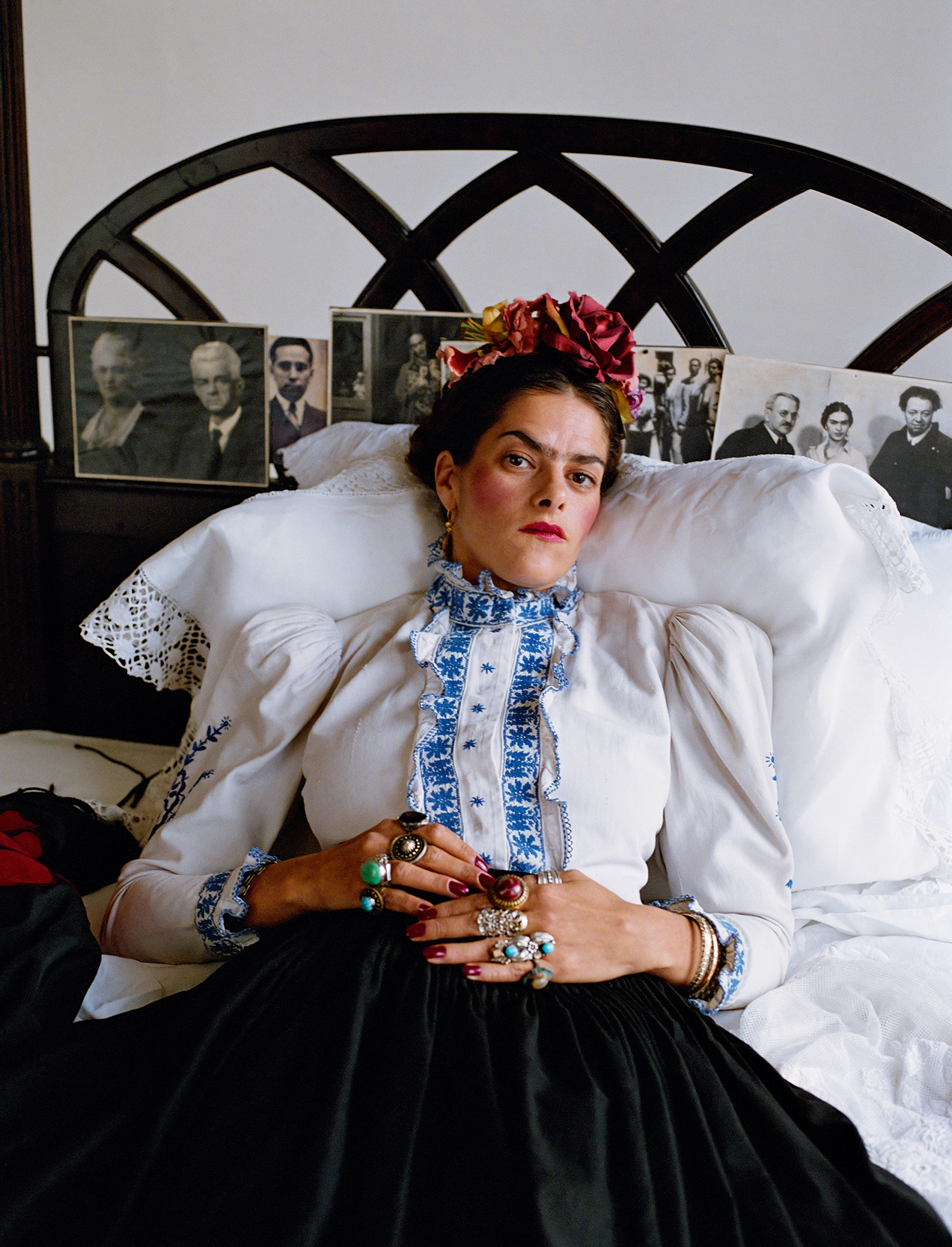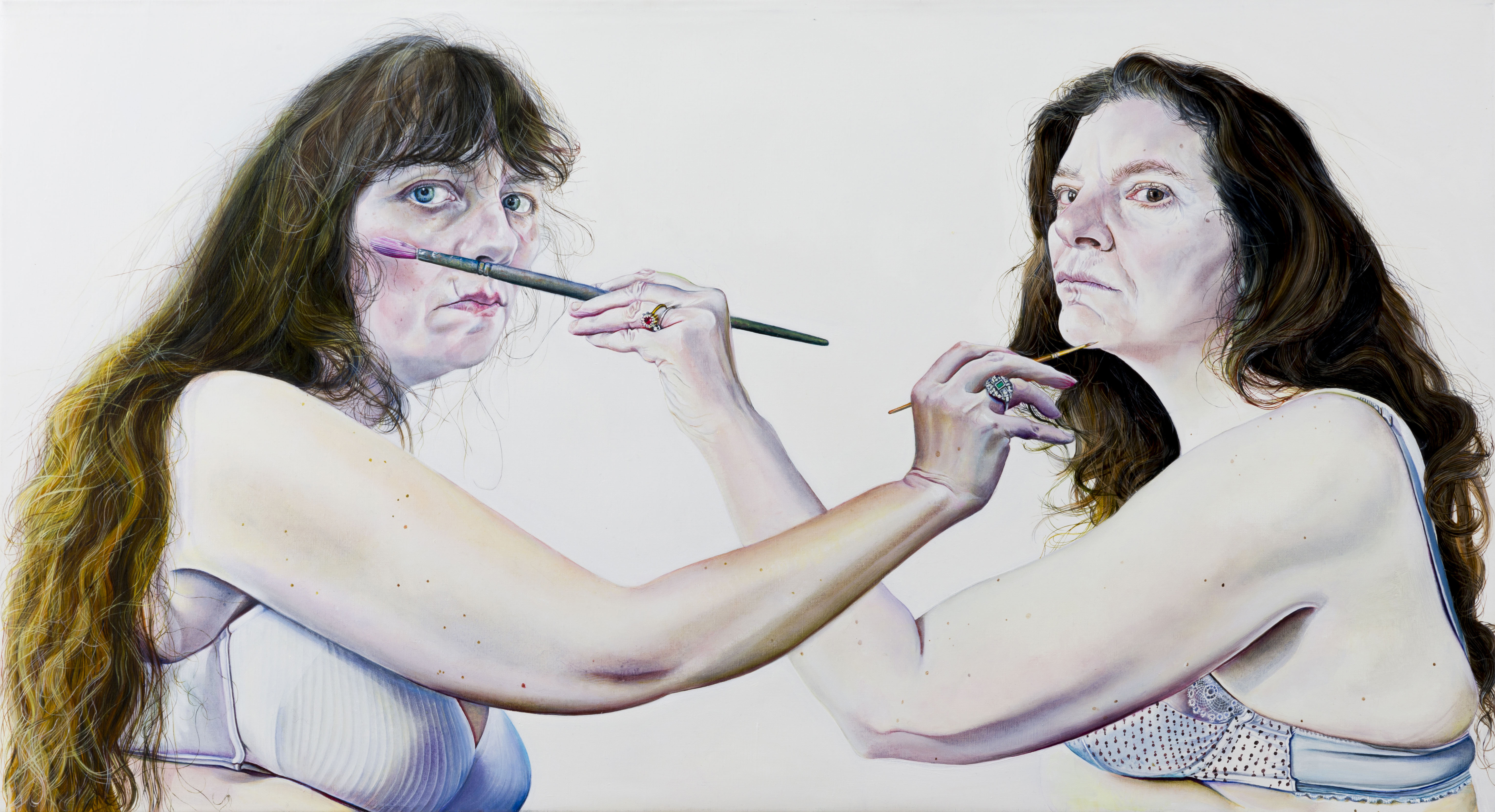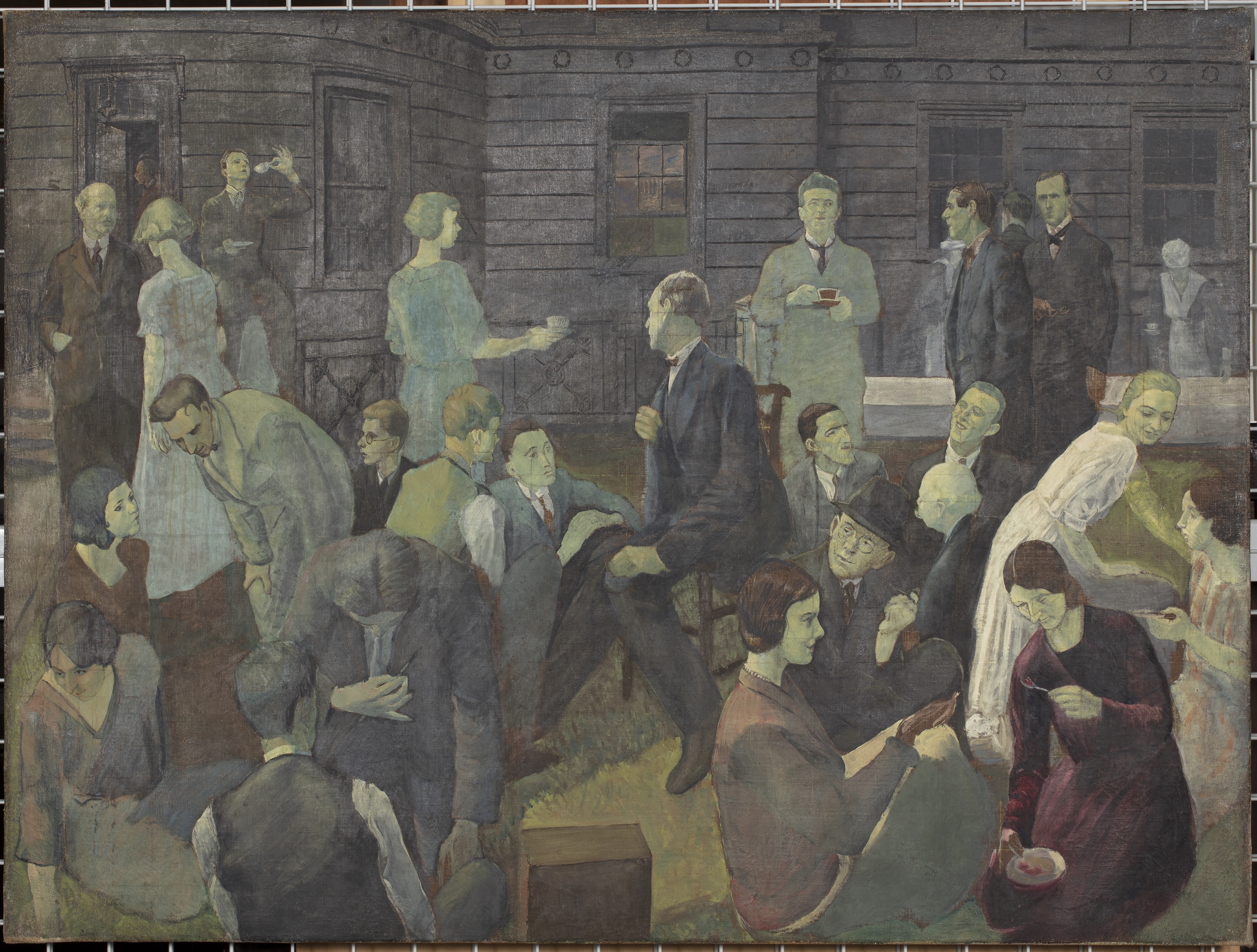Seeing you seeing me: How British artists portrayed each other in the 20th and 21st centuries
The 'Seeing Each Other: Portraits of Artists' exhibitions comprises paintings, prints, drawings, photography, sculpture and installation spanning 125 years.


Mary McCartney's double-take-worthy photograph of Dame Tracey Emin posing as Frida Kahlo is among 150 works that make up Seeing Each Other: Portraits of Artists, which opens at Pallant House Gallery in Chichester on May 17 (until November 2).
The exhibition looks at the ways artists working in Britain portrayed each other during the 20th and 21st centuries, a cosy kind of subject with themes of admiration, rivalry, emulation, inspiration and identity. Paintings, prints, drawings, photography, sculpture and installation spanning 125 years are included, covering, as well as homages, the friendships and romantic relationships that so often spark creativity, in circles from Bloomsbury via the Newlyn School to the BLK Art Group and the YBAs.

Two Painters by Ishbel Myerscough, one of the works on show at the Pallant Gallery.
Other highlights include Morning (1916), a group portrait by Gladys Hynes exploring the community of artists working in Lamorna, Cornwall; Christopher Wood’s The Fisherman’s Farewell (1928), depicting Ben and Winifred Nicholson and child; Eric Ravilious’s 1930 portrait of Edward Bawden in his studio; The Slade Tea Party (below) by Seóirse MacAntsionnaigh (an artist born George Fox, whose chosen Irish name means ‘George, son of a fox’), which features fellow Slade students Mary Adshead and Eileen Agar — the latter is depicted in a 1937 photograph by Lee Miller; Michael Andrews’s The Colony Room (1962), featuring Francis Bacon, Lucian Freud, John Deakin and others in ‘one of London’s most famous drinking haunts’; and Turner Prize-winner Lubaina Himid’s Vernet’s Studio (1994) — 26 life-size cut-outs of her heroines and friends, such as 18th-/19th-century French portraitist Élisabeth Vigée-Le Brun, Kahlo and BLK Art Group founding member Claudette Johnson.

The Slade Tea Party (1924) by Seóirse MacAntsionnaigh.
In a world in which the rapid rise of social media has had a lasting generational impact on self-image, the way artists view each other, and indeed themselves, as subjects, offers greater depth. ‘Historically, portraiture has been for people of certain means and status a tool for elevating that status. But here we show a different process: image makers making images of other image makers,’ explains Melanie Vandenbrouck, chief curator at Pallant House Gallery.
‘A kind of knowing dialogue or collaboration comes into play. When the sitter is also an artist, with, say, their own understanding of composition, the importance of the gaze and history of art, you get a sense [of] a mutual understanding: the sitter with a greater involvement than they might otherwise have had, and the maker perhaps being given greater room for experimentation.’ Bacon, Dame Tracey, Henry Moore and Nina Hamnett are the artists most represented in the exhibition, she adds, ‘which shows how charismatic they have been and continue to be for their contemporaries and beyond’.
Visit the Pallant website for more information.
Exquisite houses, the beauty of Nature, and how to get the most from your life, straight to your inbox.
Annunciata is director of contemporary art gallery TIN MAN ART and an award-winning journalist specialising in art, culture and property. Previously, she was Country Life’s News & Property Editor. Before that, she worked at The Sunday Times Travel Magazine, researched for a historical biographer and co-founded a literary, art and music festival in Oxfordshire. Lancashire-born, she lives in Hampshire with a husband, two daughters and a mischievous pug.
